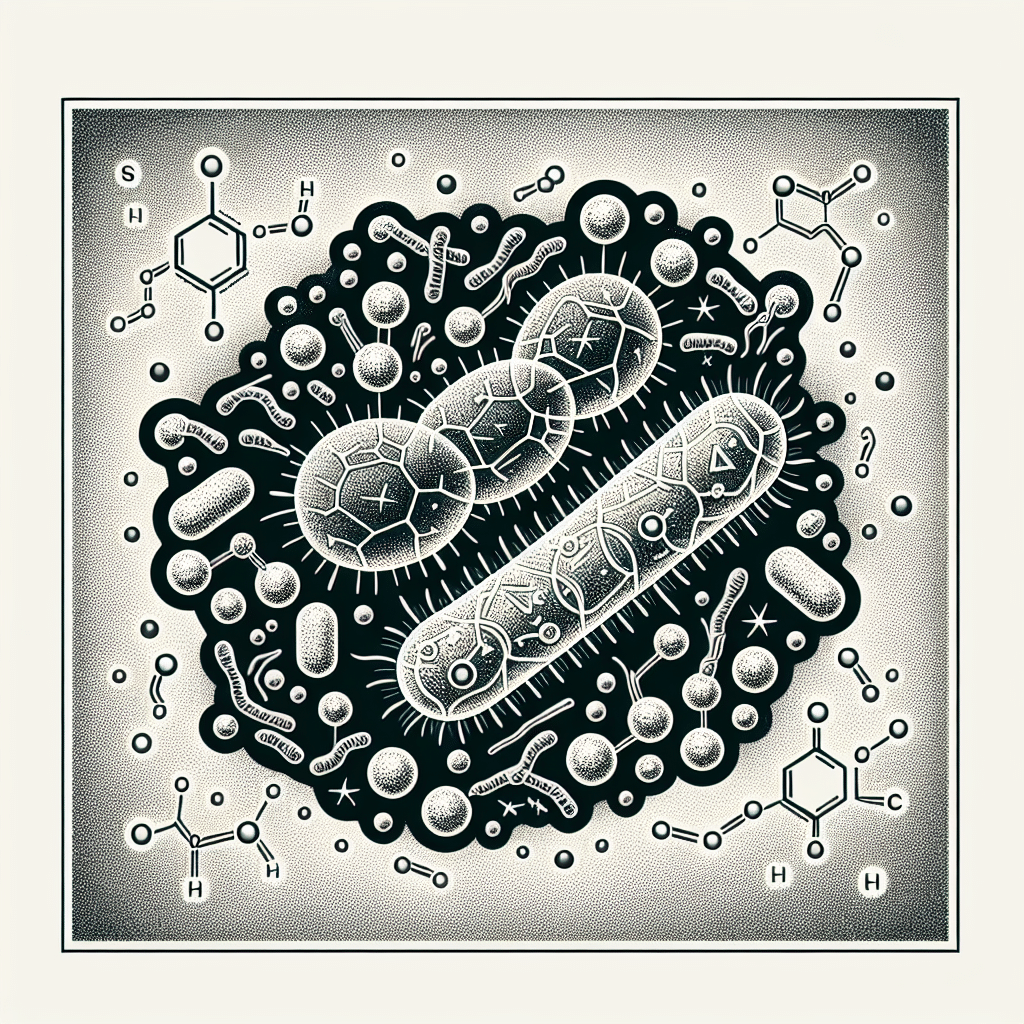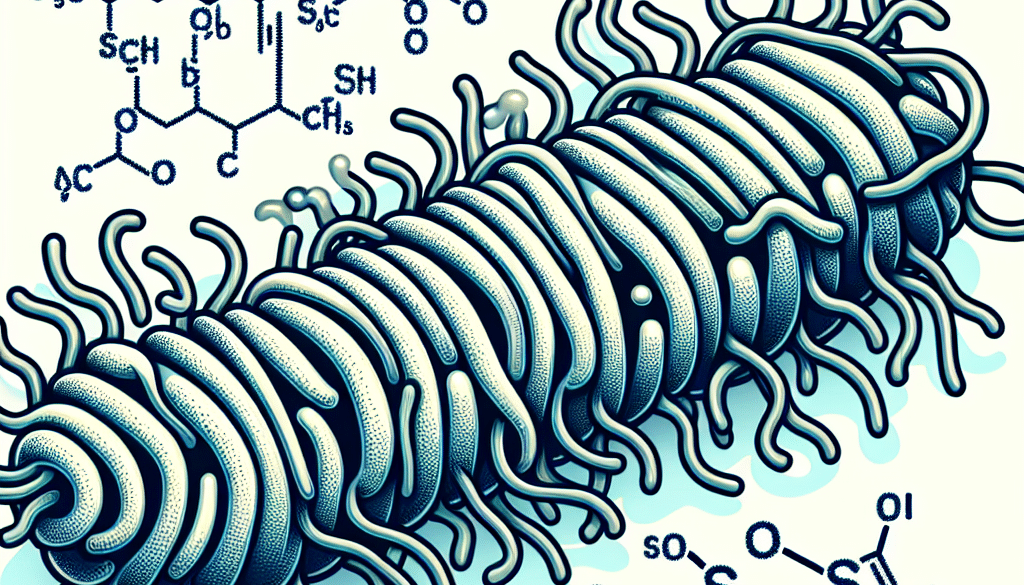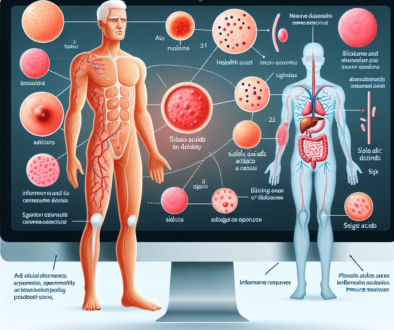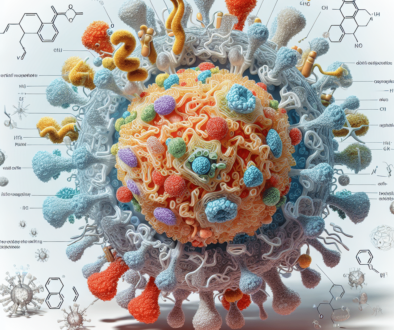Which bacteria has sialic acid?
-
Table of Contents
- Sialic Acid in Bacteria: A Detailed Exploration
- Understanding Sialic Acid
- Bacteria with Sialic Acid: An Overview
- Pathogenic Bacteria Exploiting Sialic Acid
- Commensal Bacteria and Sialic Acid
- How Bacteria Acquire Sialic Acid
- Biosynthesis of Sialic Acid in Bacteria
- Scavenging Sialic Acid from the Host
- Implications for Human Health
- Case Studies and Research
- Conclusion: The Significance of Sialic Acid in Bacterial Interactions
- Discover ETprotein’s High-Quality Protein Products
Sialic Acid in Bacteria: A Detailed Exploration

Sialic acids are a family of nine-carbon sugar acids that are commonly found on the surfaces of cells and proteins in animals, including humans. They play a crucial role in cellular interactions and immune responses. Interestingly, certain bacteria have evolved mechanisms to utilize sialic acid, either by incorporating it into their own cell structures or by metabolizing it. This article delves into the fascinating world of bacteria that possess sialic acid, exploring the implications for human health and disease.
Understanding Sialic Acid
Sialic acid is a term that encompasses over 50 derivatives of neuraminic acid. The most common form in humans is N-acetylneuraminic acid (Neu5Ac). Sialic acids are typically found at the outermost end of glycan chains on the cell surface, where they contribute to a wide range of biological functions, including cell-cell communication, pathogen recognition, and immune modulation.
Bacteria with Sialic Acid: An Overview
Some bacteria have developed the ability to either mimic host sialic acids or utilize them for their own benefit. This can help bacteria evade the host’s immune system or adhere to host tissues, facilitating infection and colonization. The following sections highlight various bacteria that are known to interact with sialic acid.
Pathogenic Bacteria Exploiting Sialic Acid
- Neisseria meningitidis: This bacterium, which can cause meningitis and septicemia, decorates its surface with sialic acid to avoid detection by the immune system.
- Streptococcus pneumoniae: A common cause of pneumonia, this bacterium incorporates sialic acid into its capsule, which is a key virulence factor.
- Haemophilus influenzae: This respiratory pathogen uses sialic acid to enhance its survival and persistence within the host.
- Escherichia coli K1: The K1 strain of E. coli, often associated with neonatal meningitis, also uses sialic acid to mimic host tissues and evade immune responses.
Commensal Bacteria and Sialic Acid
- Bacteroides fragilis: This gut commensal can metabolize sialic acid as a carbon and nitrogen source, which may influence its interactions with the host.
- Bifidobacterium bifidum: Some strains of this probiotic bacterium can utilize sialic acid, potentially affecting gut health and immunity.
How Bacteria Acquire Sialic Acid
Bacteria can acquire sialic acid through two main strategies: biosynthesis and scavenging. Pathogenic bacteria often biosynthesize sialic acid to mimic host cell surfaces, while both pathogenic and commensal bacteria may scavenge sialic acid from the host environment.
Biosynthesis of Sialic Acid in Bacteria
Some bacteria possess the enzymatic machinery to synthesize sialic acid de novo. This involves a series of enzymatic reactions that transform simple sugars into the more complex sialic acid structure. The presence of these enzymes is often associated with virulence in pathogenic bacteria.
Scavenging Sialic Acid from the Host
Other bacteria have evolved transport systems to import sialic acid from their environment, which is particularly relevant in the gut where sialic acid can be abundant. These bacteria use specialized enzymes called sialidases or neuraminidases to cleave sialic acid from host glycoconjugates, making it available for uptake.
Implications for Human Health
The ability of bacteria to interact with sialic acid has significant implications for human health. It can affect the pathogenesis of bacterial infections, the composition of the gut microbiota, and the overall immune response. Understanding these interactions can lead to new therapeutic strategies, such as the development of sialidase inhibitors to prevent bacterial colonization.
Case Studies and Research
Research into the role of sialic acid in bacterial pathogenesis has led to several interesting findings:
- A study on Neisseria meningitidis revealed that sialylation of its lipooligosaccharide is critical for resistance to serum bactericidal activity.
- Investigations into Streptococcus pneumoniae have shown that its sialic acid-rich capsule is a major determinant in the ability to cause invasive diseases.
- Research on gut microbiota indicates that the metabolism of sialic acid by commensal bacteria like Bacteroides fragilis can influence host immune responses and gut health.
Conclusion: The Significance of Sialic Acid in Bacterial Interactions
In conclusion, sialic acid is a critical factor in the interaction between bacteria and their hosts. Pathogenic bacteria often exploit sialic acid to enhance virulence, while commensal bacteria may use it as a nutrient source. Understanding these dynamics offers potential avenues for therapeutic intervention and sheds light on the complex relationships within the microbiome.
Discover ETprotein’s High-Quality Protein Products
If you’re interested in high-quality protein products, consider exploring ETprotein’s offerings. Their range of organic bulk vegan proteins and L-(+)-Ergothioneine (EGT) products cater to various industries, including nutraceuticals, pharmaceuticals, and food and beverage. With a commitment to non-GMO, allergen-free ingredients, and high purity standards, ETprotein is a reliable source for your protein needs.
About ETprotein:
ETprotein, a reputable protein and L-(+)-Ergothioneine (EGT) Chinese factory manufacturer and supplier, is renowned for producing, stocking, exporting, and delivering the highest quality organic bulk vegan proteins and L-(+)-Ergothioneine. They include Organic rice protein, clear rice protein, pea protein, clear pea protein, watermelon seed protein, pumpkin seed protein, sunflower seed protein, mung bean protein, peanut protein, and L-(+)-Ergothioneine EGT Pharmaceutical grade, L-(+)-Ergothioneine EGT food grade, L-(+)-Ergothioneine EGT cosmetic grade, L-(+)-Ergothioneine EGT reference grade and L-(+)-Ergothioneine EGT standard. Their offerings, characterized by a neutral taste, non-GMO, allergen-free attributes, with L-(+)-Ergothioneine purity over 98%, 99%, cater to a diverse range of industries. They serve nutraceutical, pharmaceutical, cosmeceutical, veterinary, as well as food and beverage finished product distributors, traders, and manufacturers across Europe, USA, Canada, Australia, Thailand, Japan, Korea, Brazil, and Chile, among others.
ETprotein specialization includes exporting and delivering tailor-made protein powder and finished nutritional supplements. Their extensive product range covers sectors like Food and Beverage, Sports Nutrition, Weight Management, Dietary Supplements, Health and Wellness Products, and Infant Formula, ensuring comprehensive solutions to meet all your protein needs.
As a trusted company by leading global food and beverage brands and Fortune 500 companies, ETprotein reinforces China’s reputation in the global arena. For more information or to sample their products, please contact them and email sales(at)ETprotein.com today.












